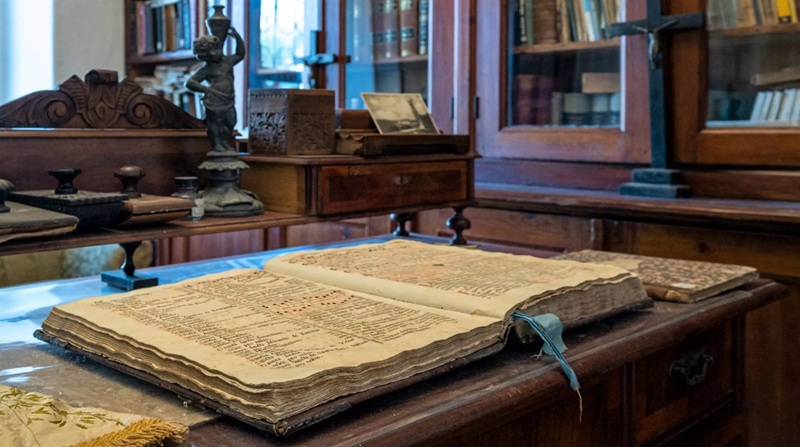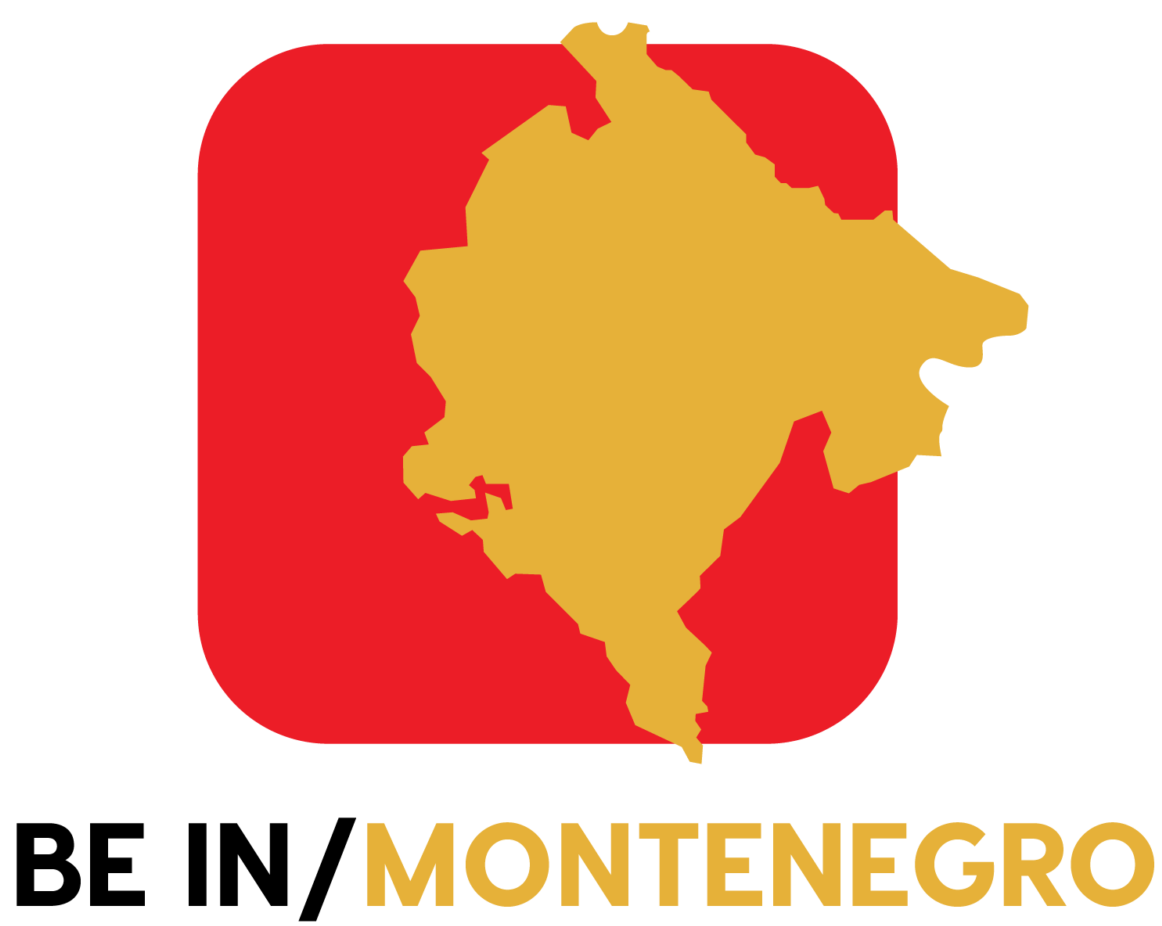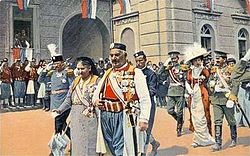History of Montenegro

Montenegro: Where History Meets the Adriatic
Situated in Southeastern Europe, Montenegro is an independent nation with a strategic and historic presence in the Balkan Peninsula. Bordered by Serbia, Bosnia and Herzegovina, Kosovo, Croatia, and Albania, and with direct access to the Adriatic Sea, Montenegro has long been a crossroads of civilizations, empires, and cultures.
Its rugged mountains and Adriatic coastline have seen the rise and fall of kingdoms, the spread of religions, and the blending of East and West. Montenegro is not only a destination of natural beauty it is a living chronicle of European history.
From Medieval Roots to Royal Legacy
Montenegro’s historical identity began to take shape between the 9th and 13th centuries, during the formation of the medieval Principality of Duklja and later Zeta, predecessors of the modern Montenegrin state. These centuries witnessed fierce resistance against Byzantine and later Ottoman incursions, forging a national character defined by independence and resilience.
By the late Middle Ages, Montenegro had become a distinct principality governed by native rulers. The Crnojević and Petrović-Njegoš dynasties led the country through centuries of spiritual, political, and military struggle preserving the Orthodox Christian faith and Montenegrin autonomy in the face of foreign domination.
The Twin Capitals: Podgorica & Cetinje
Today, Podgorica is the administrative and economic center of Montenegro. But it is Cetinje, the Old Royal Capital, that holds the soul of the nation. Founded in the 15th century, Cetinje was a cradle of literacy, diplomacy, and Montenegrin statehood. Home to ancient monasteries, royal palaces, and early printing houses, it remains a symbol of national pride.
Montenegro Through Empires and Independence
For centuries, Montenegro stood as a mountain stronghold resisting the expansion of the Ottoman Empire longer than any other Balkan state. Despite being small in size, it maintained a unique status of de facto independence, officially recognized at the Congress of Berlin in 1878.
After World War I, Montenegro was absorbed into the Kingdom of Serbs, Croats and Slovenes, later Yugoslavia. This union lasted through most of the 20th century, but Montenegrin identity remained distinct.
On May 21, 2006, through a peaceful referendum, Montenegro voted to restore its independence. On June 3, 2006, the nation re-emerged on the world stage as a sovereign state fulfilling a centuries-long journey of survival, sovereignty, and self-determination.
Why Visit Historical Montenegro?
-
Medieval monasteries carved into mountains
-
Ottoman-era towns like Stari Bar and Ulcinj
-
Venetian fortresses in Kotor and Herceg Novi
-
Cetinje’s royal heritage and museums
-
UNESCO World Heritage Sites that preserve living history
If you want more information about the history of other Balkan countries, click here: www.beinbalkan.com

